The previous option was to provide small PCB satellites which are programmable in BASIC.
This didn´t give a good feedback from the community.
But I received several questions regarding using your own hardware - which of course is the more exciting option.
This seemed impossible as the coordination of so many participants - including flight qualification testing etc. would be too hard to accomplish.
But I came up with a plan to make it possible anyway - the only thing is that your hardware can´t be deployed independently - it must stay within the satellite.
The good thing: You will be safe in a satellite bus, provided with 3.3V and radio - you don´t need to care about regulations and paperwork. You also don´t need to care about other modules. You will have an UART interface and can send your data down to earth easily.
Are you familiar with SSTV? It´s a way to send a color picture via a low bandwidth radio within less than two minutes.
My plan is to give every participant a dedicated area in that picture to write your data in. It can be either a graphics or a written text.
You are free to write on the canvas - and receive it e.g. via an RTL-SDR with your laptop and a 10$ antenna.
The orbit would be probably a polar orbit which would allow you to receive the signal anywhere on earth 1-2 times a day.
Communicating with other modules would be also interesting - for example using inertial data from another module or getting a camera picture for analysis or using a "reaction wheel" for turning the satellite around and and and...
Your own hardware will get a small window in the satellite outer shell to the endless space making it possible to use optical and other kind of sensors.
There will be also a simulator so you can start developing. All you need is to connect an UART to the PC. The simulator wil behave like the carrier satellite.
 Paul Kocyla
Paul Kocyla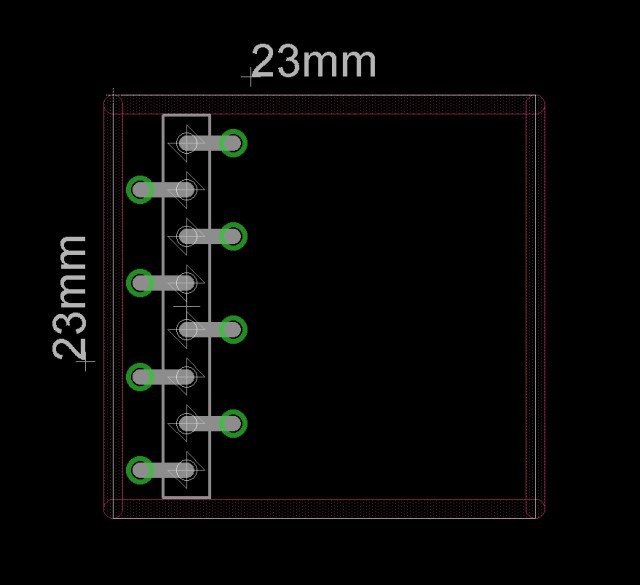


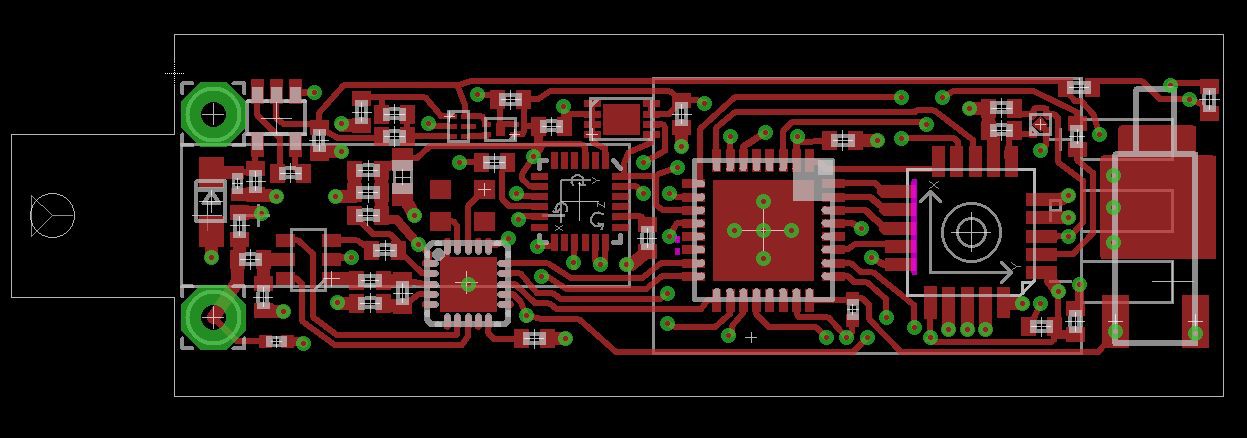
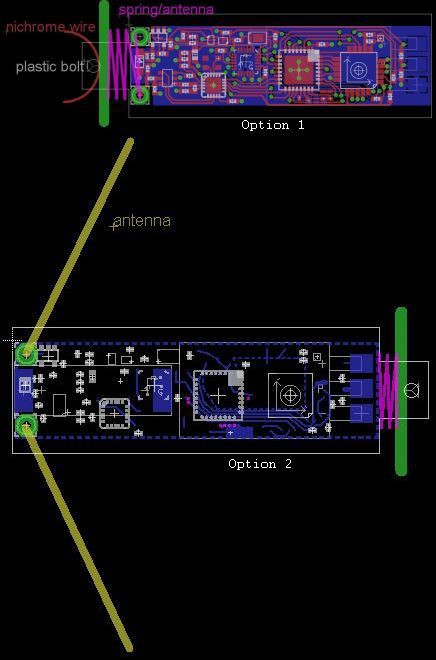
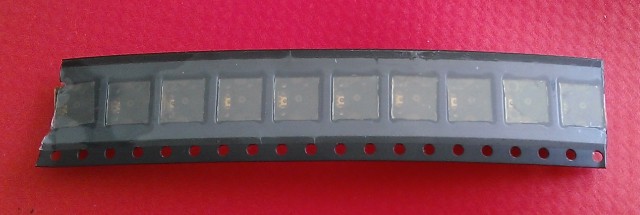
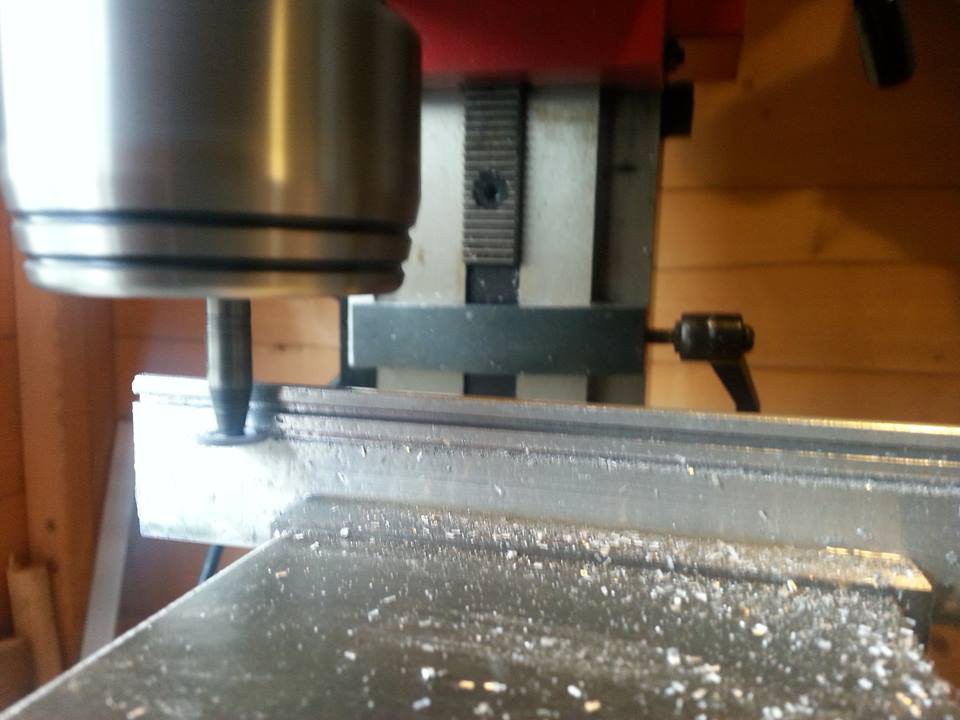
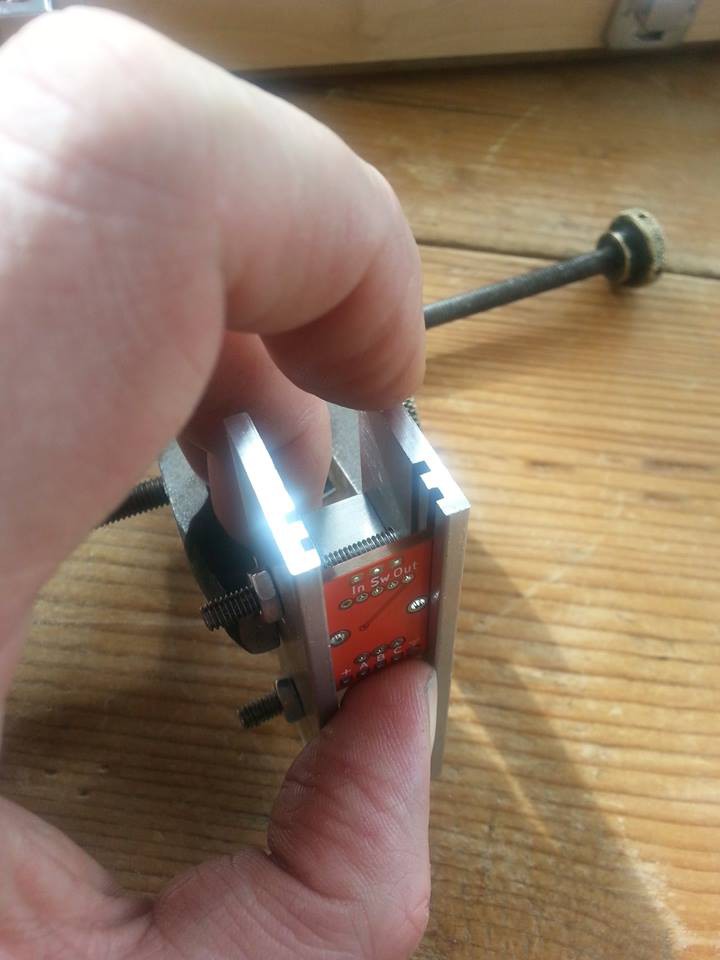
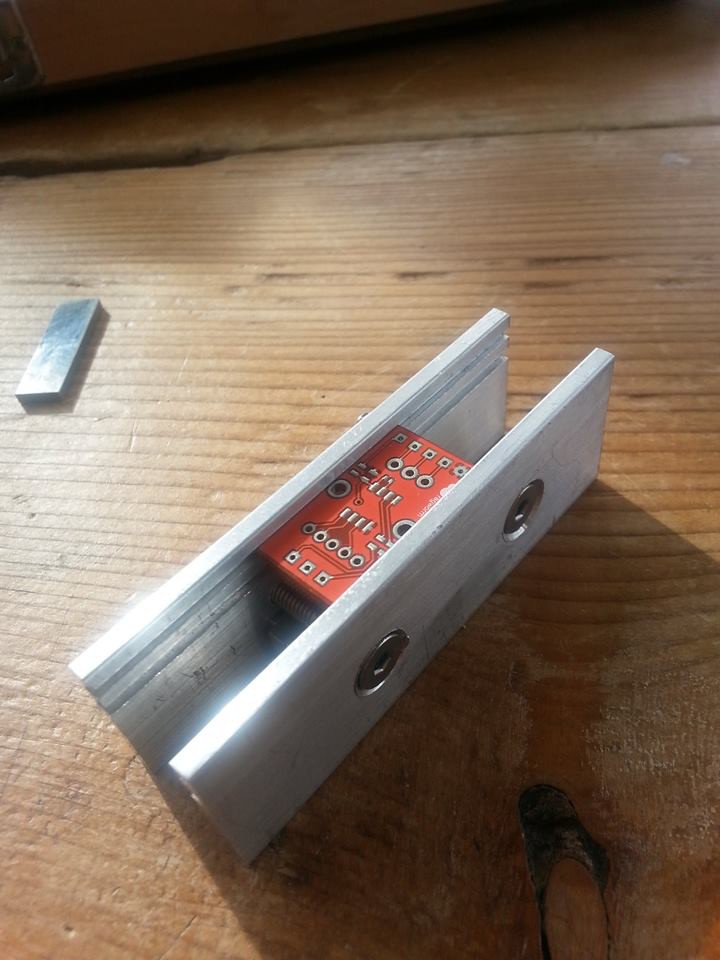
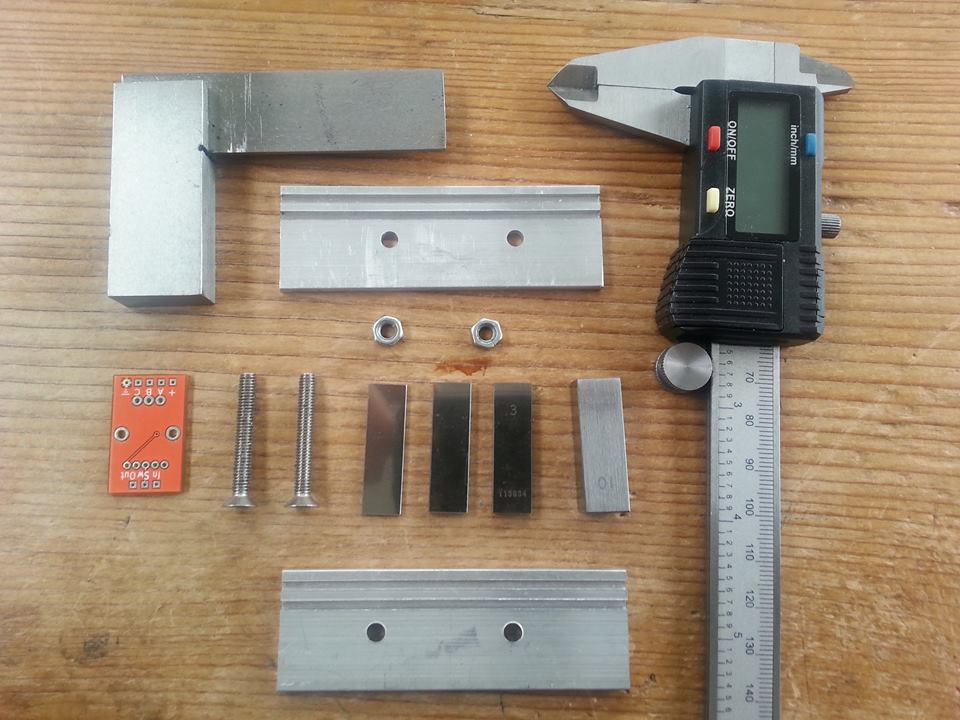













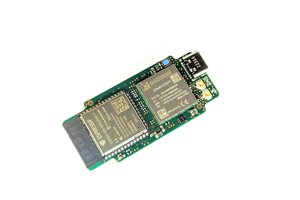
 Daan Pape
Daan Pape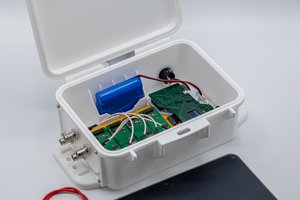
 Shah Selbe
Shah Selbe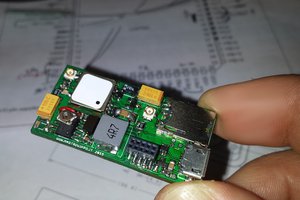
 Mastro Gippo
Mastro Gippo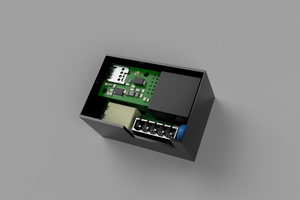
 Nicolò
Nicolò
it will be compatibile with outernet?